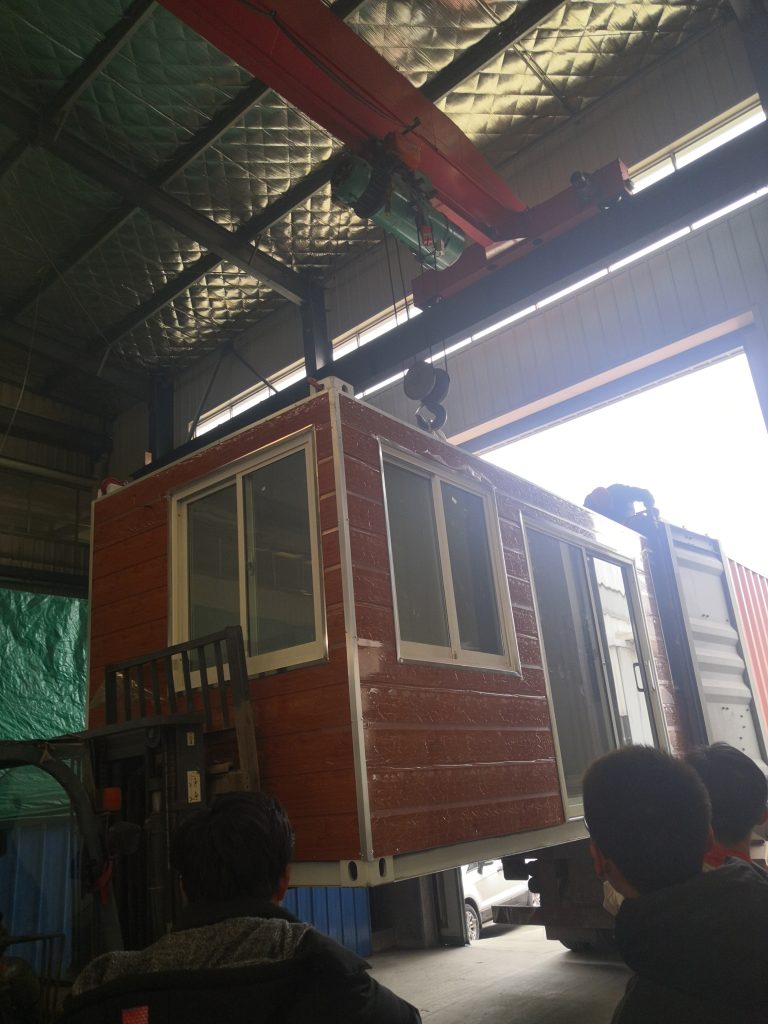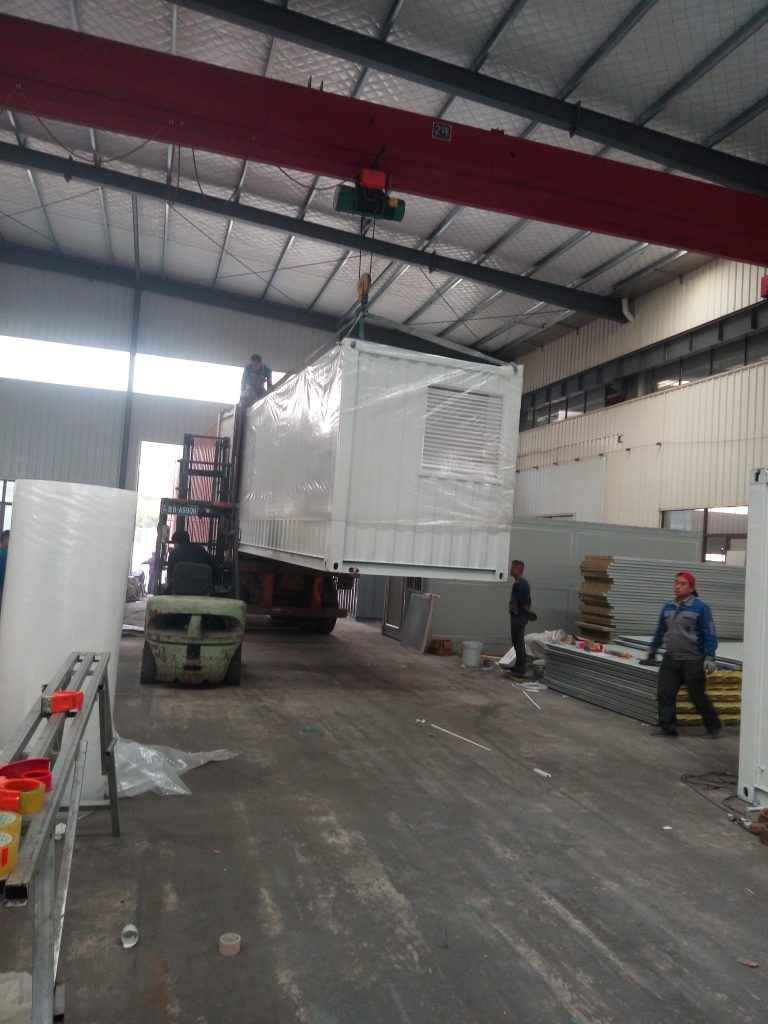Steel structure supply chain transparency and quality traceability system based on blockchain technology
Inhoudsopgave
Benefits of Implementing Blockchain Technology in Steel Structure Supply Chain Transparency
Steel structure supply chain transparency and quality traceability are crucial aspects of the construction industry. With the increasing demand for sustainable and high-quality building materials, it has become essential for stakeholders to have visibility into the entire supply chain process. Blockchain technology has emerged as a powerful tool to address these challenges by providing a secure and transparent platform for tracking and verifying the origin and quality of steel structures.
One of the key benefits of implementing blockchain technology in the steel structure supply chain is enhanced transparency. By recording every transaction and movement of materials on a decentralized ledger, stakeholders can easily track the journey of steel structures from the raw material stage to the final product. This level of transparency not only helps in preventing fraud and counterfeit products but also ensures that the materials used meet the required standards and specifications.
Moreover, blockchain technology enables real-time monitoring of the supply chain, allowing stakeholders to identify potential bottlenecks and inefficiencies in the process. By having access to accurate and up-to-date information, manufacturers, suppliers, and contractors can make informed decisions to optimize their operations and improve overall efficiency. This level of visibility also helps in reducing lead times and costs associated with delays or disruptions in the supply chain.
Another significant advantage of blockchain technology in the steel structure supply chain is the ability to ensure quality traceability. By recording detailed information about the production process, including the source of raw materials, manufacturing techniques, and quality control measures, stakeholders can verify the authenticity and integrity of steel structures. This level of traceability not only helps in maintaining product quality but also provides assurance to customers and regulatory authorities about the compliance of materials with industry standards.
Furthermore, blockchain technology can facilitate the implementation of smart contracts in the supply chain, automating the verification and validation process of transactions. Smart contracts are self-executing agreements that are triggered by predefined conditions, ensuring that all parties involved in the supply chain adhere to the agreed-upon terms. This not only reduces the risk of disputes and delays but also streamlines the entire procurement and delivery process.
In addition to transparency and quality traceability, blockchain technology also offers enhanced security and data protection. The decentralized nature of blockchain ensures that data is stored securely and cannot be altered or tampered with by unauthorized parties. This level of security is particularly important in the construction industry, where sensitive information about project specifications, budgets, and timelines is shared among multiple stakeholders.

Overall, the implementation of blockchain technology in the steel structure supply chain offers numerous benefits, including enhanced transparency, quality traceability, efficiency, security, and data protection. By leveraging the power of blockchain, stakeholders can build trust, improve collaboration, and drive innovation in the construction industry. As the demand for sustainable and high-quality building materials continues to grow, blockchain technology will play a crucial role in shaping the future of the steel structure supply chain.
Enhancing Quality Traceability in Steel Structure Supply Chain through Blockchain Technology
Steel structure supply chain transparency and quality traceability are crucial aspects of ensuring the safety and reliability of infrastructure projects. With the increasing complexity of supply chains and the growing demand for accountability, traditional methods of tracking materials and components are no longer sufficient. This is where blockchain technology comes in, offering a secure and transparent way to trace the origin and quality of steel structures throughout the supply chain.
Blockchain technology, best known for its role in cryptocurrencies, is a decentralized and distributed ledger system that records transactions across multiple computers. Each transaction is verified by network participants, making it virtually impossible to alter or tamper with the data. This level of security and transparency makes blockchain an ideal solution for tracking the movement of steel structures from the raw material stage to the final construction phase.
By implementing a blockchain-based quality traceability system, stakeholders in the steel structure supply chain can have real-time access to information about the origin, production process, and quality of materials. This transparency not only helps to prevent fraud and counterfeit products but also ensures that all components meet the required standards and specifications.
One of the key benefits of using blockchain technology in the steel structure supply chain is the ability to create a digital twin of each component. This digital twin contains detailed information about the material composition, manufacturing process, and quality control measures. By scanning a QR code or RFID tag on the steel structure, stakeholders can access this information and verify its authenticity.
Furthermore, blockchain technology enables the creation of smart contracts that automatically execute when certain conditions are met. For example, a smart contract can be programmed to release payment to a supplier only after the quality of the steel structure has been verified by an independent third party. This not only streamlines the payment process but also incentivizes suppliers to maintain high-quality standards.
In addition to enhancing quality traceability, blockchain technology can also improve the efficiency of the steel structure supply chain. By digitizing and automating processes such as inventory management, procurement, and logistics, stakeholders can reduce lead times, minimize errors, and lower costs. This increased efficiency not only benefits individual companies but also contributes to the overall competitiveness of the industry.
Despite the numerous benefits of blockchain technology, there are still challenges to overcome in implementing a quality traceability system in the steel structure supply chain. One of the main challenges is the integration of existing systems and processes with blockchain technology. This requires collaboration between stakeholders, investment in new infrastructure, and training for employees.
Another challenge is the issue of data privacy and security. While blockchain technology is inherently secure, there are still concerns about the protection of sensitive information and the risk of cyber attacks. To address these concerns, stakeholders must implement robust security measures, such as encryption and multi-factor authentication, to safeguard data.
Overall, the adoption of blockchain technology in the steel structure supply chain has the potential to revolutionize the way materials are tracked, verified, and authenticated. By enhancing transparency, improving quality traceability, and increasing efficiency, blockchain technology can help to build trust among stakeholders and ensure the safety and reliability of infrastructure projects. As the technology continues to evolve and mature, it is essential for companies in the steel structure supply chain to embrace innovation and leverage blockchain to stay ahead of the competition.







